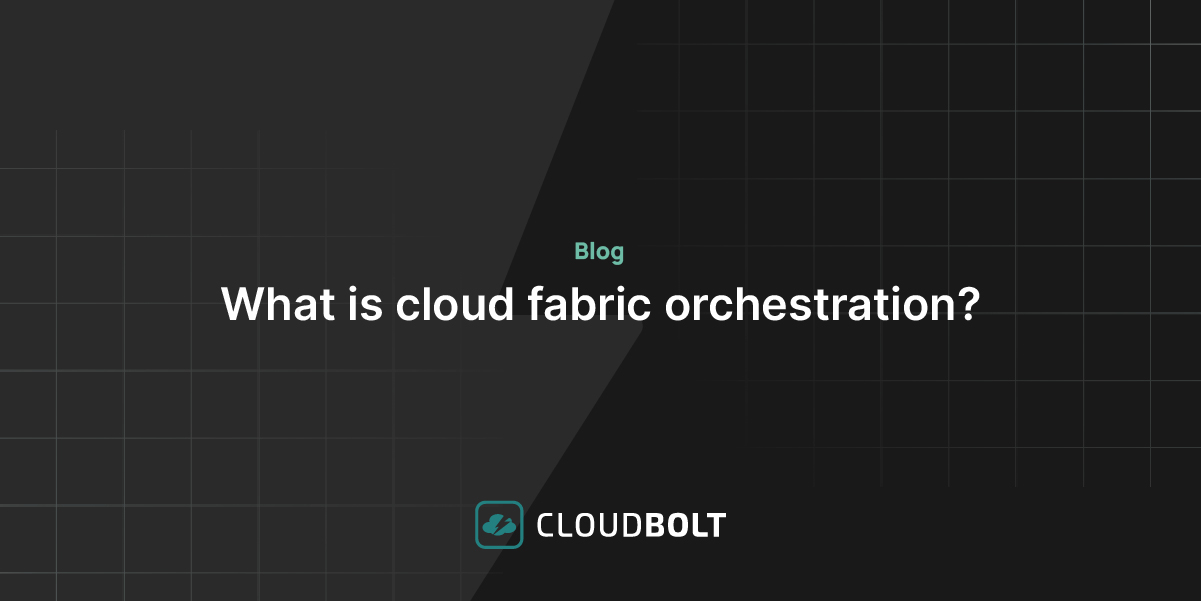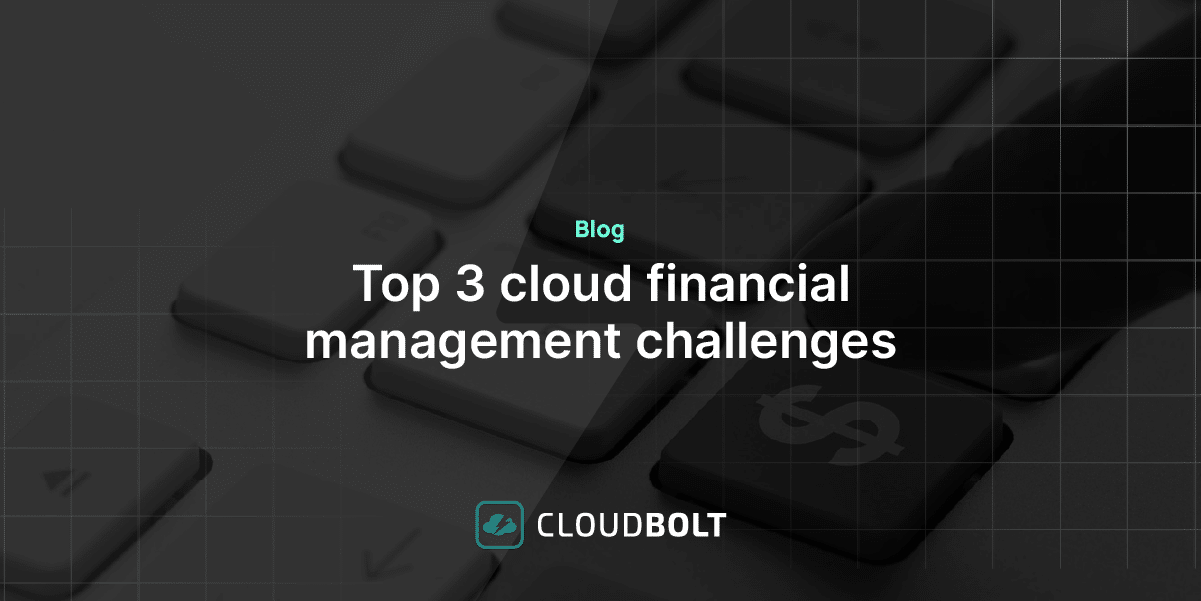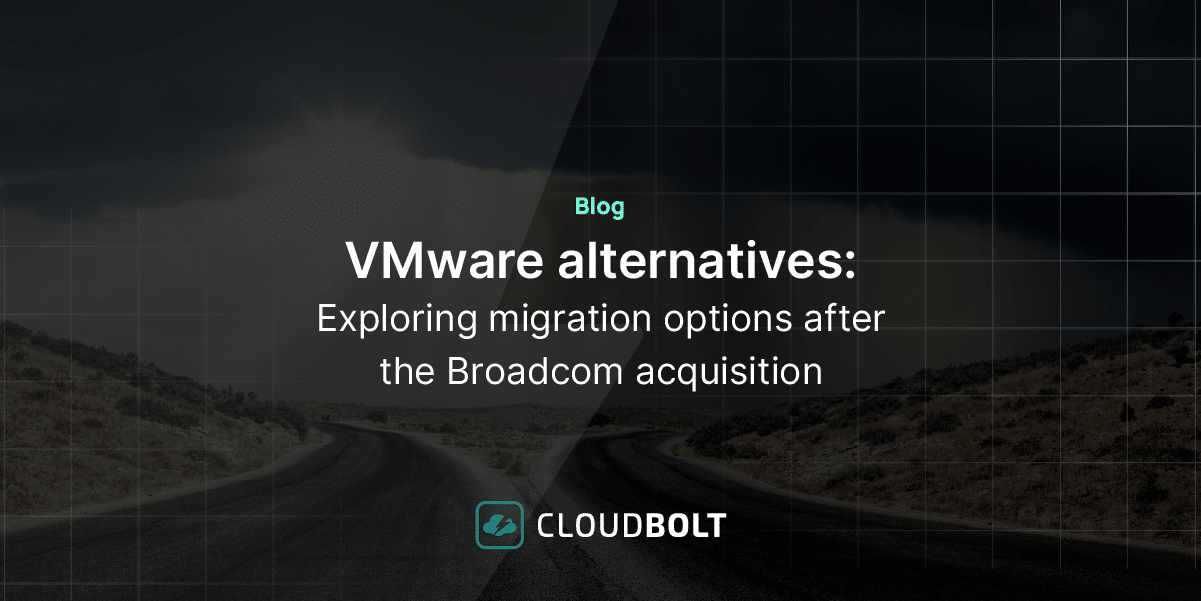
Hybrid Cloud and Hypervisor Management
It’s no secret that most enterprises have a mix of cloud technologies to meet their IT needs. They set up IT environments in both private and public clouds that are used to develop mission-critical applications and run additional services as well as subscribe to software-as-a-service (SaaS) applications to support other business needs.
New cloud initiatives can help enterprise IT achieve:
- Cost savings from capital expenditures (CapEx) to operating expenditures (OpEx)
- Flexibility for application development and deployment
- Ability to scale more efficiently based on demand
- Simplified access to business applications
When these initiatives get out of control, cloud usage can end up giving you unexpected results and catch you off guard—in many ways, it’s like being caught in a rainstorm without an umbrella. Having the visibility of what is running in complex environments is key, just as watching clouds overhead can help you plan for the upcoming downpour. You want to keep an eye out for any storms that can come your way.
Visibility and Control
As your IT department manages the complexity of a hybrid cloud environment, you must consider the following:
User Management
Enterprise user management requires the administration of connections to so many different environments such as IT systems, networks, and SaaS applications. Most enterprises implement role-based access control (RBAC) so that each resource can be accessed based on a level of security and control.
The management of users and passwords can easily get out of hand, especially in large enterprises. This, obviously, hinders overall productivity. One way to mitigate the maintenance of the credentials used across an enterprise is to configure Single Sign-On (SSO) so that everyone in the organization can use just one username and password to access the many IT resources they need. As more complexity enters IT control, maintaining SSO access can become more difficult without a plan in place.
Subscriptions and Metered Usage
SaaS applications, as well as platform-as-a-service (PaaS) and infrastructure-as-a-service (IaaS), each have specific accounts to set up and manage. Some of these accounts might have been initially acquired by other departments, but they are now part of central IT.
SaaS applications typically have billing associated with the number of users or access levels of users. This can be easier for setting and maintaining a budget but some of them are using consumption-based pricing so that can be a little more difficult to anticipate. Other “as-a-service” resources can be billed based solely on usage. Their costs can surge during peak times unexpectedly or the resources can be running and racking up expenses with no oversight.
Cloud Resource and On-Premises Inventory
As private, public, and on-premises resources are running together, IT departments will benefit from the ability to discover and maintain an inventory of every environment. In some cases, they can do this with all of the native consoles for a particular environment. For example, they can log in and manage their on-premises inventory for virtual machines (VMs) using tools like VMware vCenter. For other public providers, such as MS Azure, Amazon Web Services (AWS), and Google Cloud Compute (GCP), they can achieve a view of a similar inventory of resources and usage within the clouds themselves.
As most enterprises are adopting a range of cloud resources to meet the growing needs of their users, the ability to maintain a view of the inventory and usage can get overwhelming quickly. For that reason, they seek ways to consolidate views and make it easier to manage whenever they can. Having a robust hybrid cloud management platform that provides this visibility to you in one place will greatly reduce this struggle.
Provisioning and Orchestration
Having the ability to provision and orchestrate which resources are provided for which users has a significant impact on the overall productivity of an enterprise. IT needs to oversee how resources are created, modified and deleted across their on-premises, private, and public cloud environments. Most enterprises now have resources from at least two of the three major cloud providers, AWS, Azure, or GCP.
For large enterprises, this process can be taken care of by IT service management solutions that are designed to help users and IT work together to initiate, track, and respond to any need. A lot of the backend configuration and resource presentation comes from central IT.
What can go wrong?
With all of this complexity, there is also a lot that can go wrong. There can be a lack of visibility into one or more of the environments that provide compute power to the organization leading to a bad understanding of what is being used and how much is providing value. When you couple that with tracking multiple users and what they are doing in each environment, IT departments can end up with that storm that catches them by surprise and never ends.
CloudBolt Helps to Weather the Storm
With the right central platform, your IT department can connect to any 3rd-party resource, gather the inventory, and provision new resources to be used by anyone inside the organization. With this capability in place, you can:
- See IT resource utilization patterns and anticipate potential problems, prioritizing the most important issues first.
- Serve as first responders when IT resources become unavailable with the ability to create replacement resources, helping to triage a situation before the issue becomes a costly problem.
- Identify when resource usage is not cost effective and deploy alternatives, either from one of the many other cloud resources available or by bringing back a more stable workload to the data center.
No matter how you approach this challenge, having a holistic view of your hybrid cloud environment, coupled with the ability to know costs and which functions within your organization are consuming resources, is going to keep you ahead of the game.
Related Blogs

What is cloud fabric orchestration
Understanding the Cloud Fabric Before diving into the intricacies of cloud fabric orchestration, let’s first understand what we mean by…

